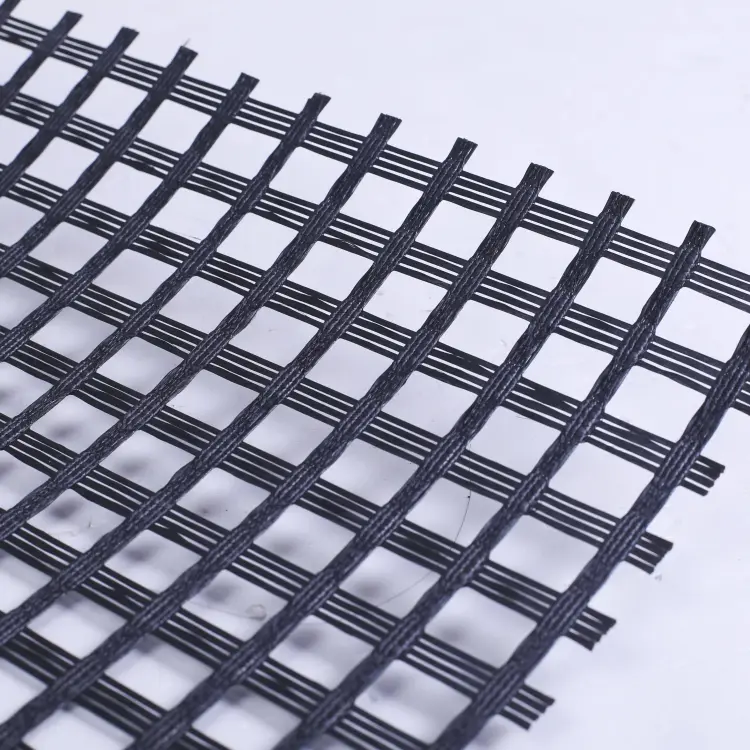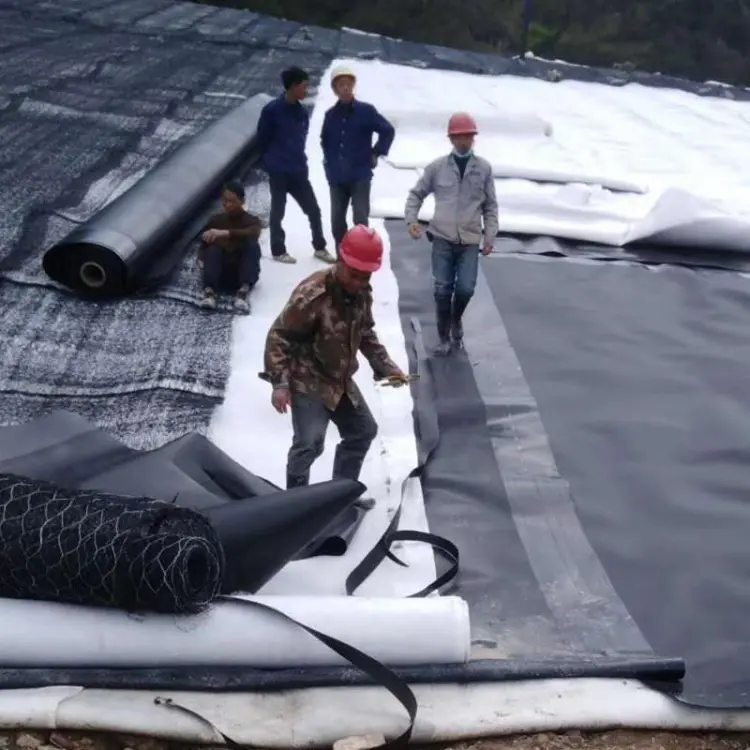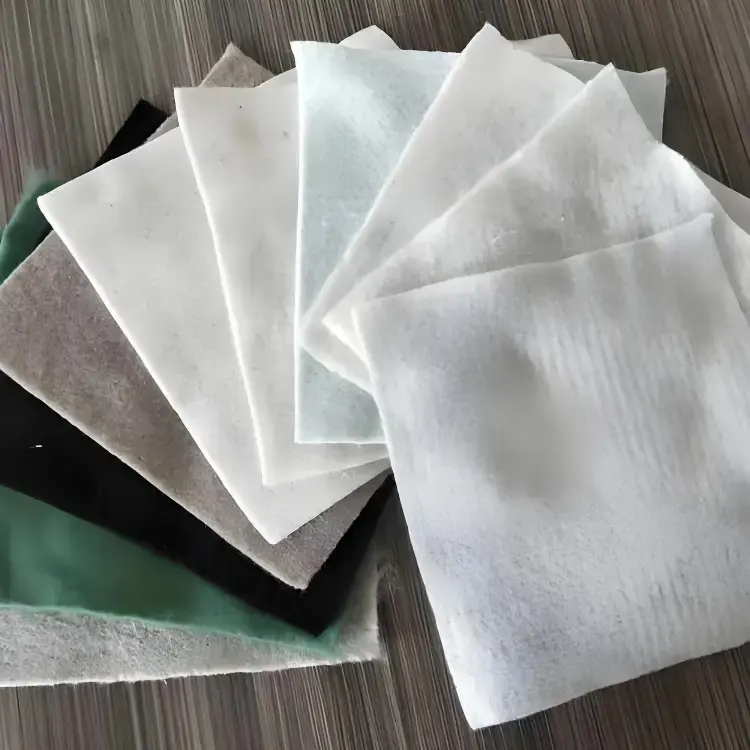Introduction
In modern civil engineering, fiberglass geogrids and steel mesh serve as two fundamental reinforcement materials with distinct characteristics. This technical analysis evaluates their properties, applications, and cost-effectiveness based on current industry standards.
1. Material Properties Comparison
1.1 Fiberglass Geogrid
- High Strength & Low Elongation: Exhibits tensile strength up to 160 kN/m with <3% elongation, ensuring structural stability under load.
- Superior Weather Resistance: Inorganic silica composition withstands extreme temperatures (-100°C to 1000°C) and resists chemical corrosion.
- Asphalt Compatibility: Special coatings enhance bonding with asphalt mixtures, preventing delamination.
- Aggregate Interlock Mechanism: Mesh structure improves load distribution by mechanically locking aggregates.
1.2 Steel Mesh
- Conductivity & Customizability: Copper/aluminum variants suit precise PCB designs in electronics.
- Corrosion Resistance: Stainless steel types maintain stability in humid/acidic environments.
- High Precision: 50μm tolerance ensures accuracy in solder paste printing for PCBA.

2. Application Scenarios
2.1 Fiberglass Geogrid
- Road Reinforcement: Reduces reflective cracks by 50% in asphalt pavements.
- Slope Protection: Extends dam/embankment service life by 4-7 years.
- Old Road Rehabilitation: Cost-effectively upgrades aging concrete surfaces.
2.2 Steel Mesh
- Electronics Manufacturing: Essential for solder paste deposition in SMT assembly.
- Component Alignment: Ensures positional accuracy during PCB soldering.
3. Construction & Cost Analysis
3.1 Installation
- Fiberglass Geogrid: Lightweight (0.3-1.2 kg/m²) allows manual laying; requires U-pin fixation.
- Steel Mesh: Demands CNC cutting tools and skilled technicians for PCB integration.
3.2 Economics
- Fiberglass: Higher upfront cost (¥15-30/m²) but cuts long-term maintenance by 30%.
- Steel Mesh: Lower initial price but limited to niche electronic applications.
4. Conclusion
Fiberglass geogrids dominate civil engineering for their durability and load-bearing performance, while steel mesh excels in precision-demanding electronics. Project-specific factors—including budget, environmental conditions, and required lifespan—should dictate material selection.

